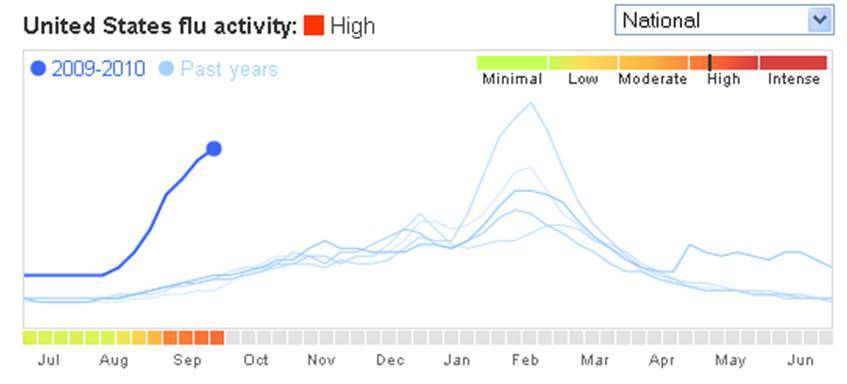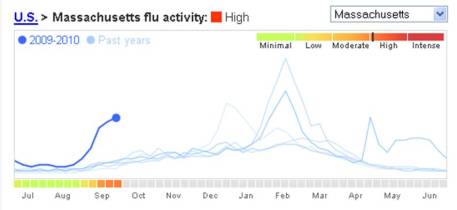 One of the most interesting sessions at the Great Ideas Conference last week was “The Association of the Future” – but maybe not for the reasons you might think.
One of the most interesting sessions at the Great Ideas Conference last week was “The Association of the Future” – but maybe not for the reasons you might think.
It’s a project of ASAE and the Center, where young staff and volunteers invent and try to improve a fictitious association in a kind of test kitchen. Its mission was to improve the professional development opportunities of young professionals.
It had a four-part mantra: Members come first. No silos. Listen and then talk. Go techno.
So far so good.
After developing their initial model, the members’ early feedback was that the volunteer opportunities for this faux association weren’t meaningful. OK, stuff happens. So the staff went to the drawing board and came back with solutions sounded decidedly old school, including:
- Restructure councils
- Invent new councils
- Create ad hoc groups and task forces
- Develop partnerships with other organizations.
- Develop new incentives and recognition programs
These recommendations all rely on tweaking governance an infrastructure, instead of questioning whether they were actually addressing what members want and need.
To several of us in the room, these were surprising and disappointing remedies, especially since the people doing the work were millennials and Gen Xers, supposedly immune from these old-school tactics!
Not surprisingly, the “member” feedback was less than enthusiastic. Among other things, they said they were overwhelmed by the number of suggestions. The “staff” admitted they used a throw-spaghetti-on-the-wall approach – see what sticks. As an experiment, this might be defensible. But in real life, it usually isn’t.
Was this project a failure? No! It was actually incredible instructive. It demonstrated that:
- Reinventing yourself is deceptively hard work
- Your age and generation guarantees nothing
- It’s really easy to lapse into the familiar
- It’s hard to re-examine fundamental assumptions, even if the association is new and it’s not even real
- Crowdsourcing might have produced a different result. Doing things the same old way usually produces the same old result.
The staff and volunteers who presented this session have to be commended for their courage in subjecting themselves to this kind of public autopsy. I love the way they took it as a learning opportunity – one that we can all learn from as they move forward.







 Behold the humble e-mail. With origins known mostly to Internet anthropologists, it became one of the first killer apps of the Internet era.
Behold the humble e-mail. With origins known mostly to Internet anthropologists, it became one of the first killer apps of the Internet era.


